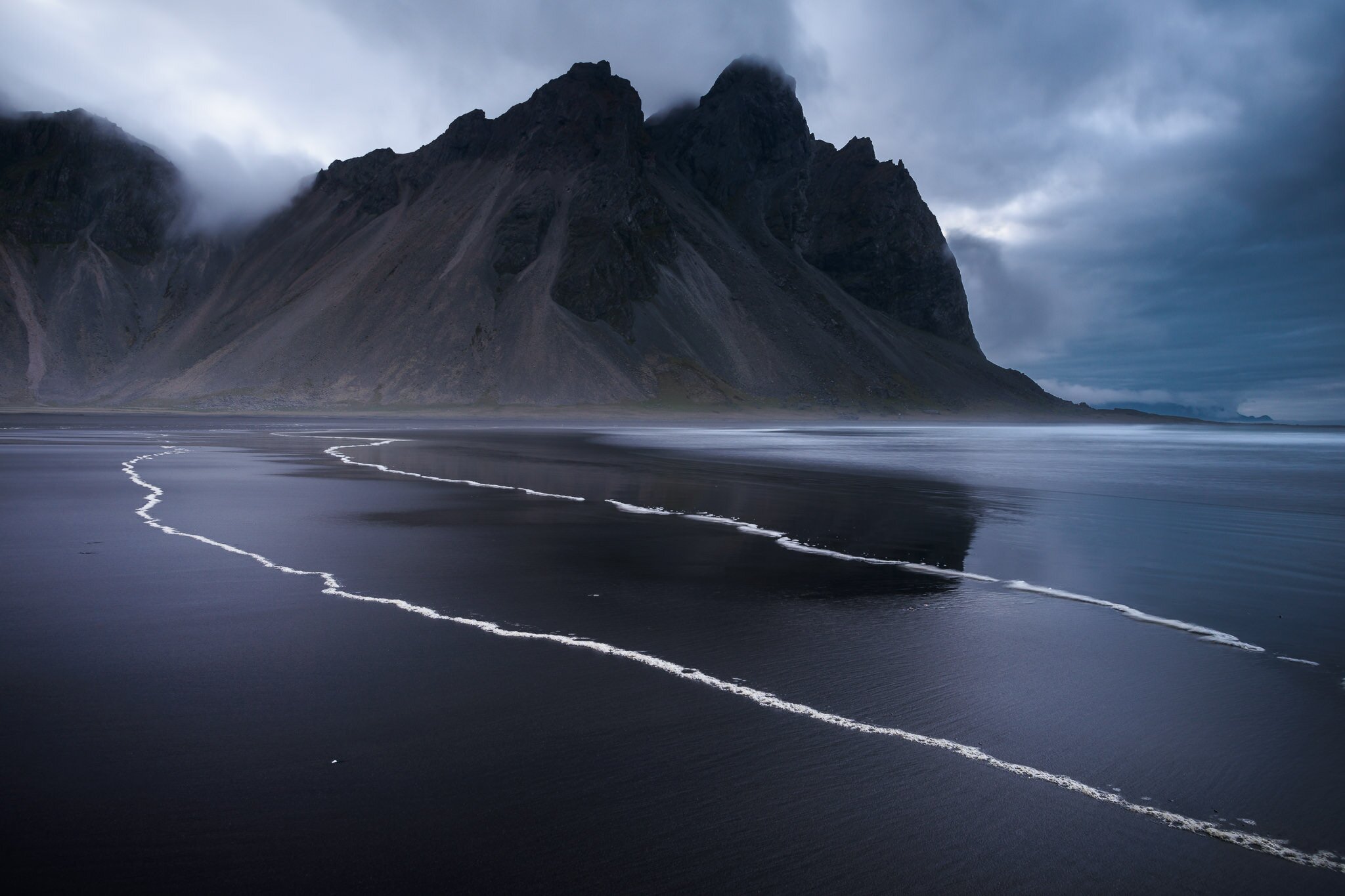When photographing landscapes, it can sometimes get difficult – it may not be focused in its content that leads the viewer’s eye exactly where you as the photographer want it to go.
Great landscape scenes for photographs won’t always present themselves right in front of you. You have to work to find it. Many different factors will impact your photos’ quality, and there are many things to keep in mind when setting up a shot.
Here are easy steps you can do to help you make the process of taking landscape photos better than before!
1. Get to know the location
Doing some research firsthand and being prepared is a big part of having success as a landscape photographer. Planning and scouting your location allows you to have an idea ahead of time about the subject you want to capture and the types of shots you would like to get.
Moreover, doing this will allow you to take advantage of short windows of best lighting and conditions and avoid missing out on the best opportunities such as the sunset and sunrise. This will enable you to go right to the best spots before those golden hours come. You won’t also miss the best shots.
2. Find your subject
After doing some background about the location, you’ll find interesting subjects to capture. You can choose from a building, or a rock formation, or a tree, and it all just comes together. But other times, it can become difficult. Sometimes nothing in particular stands out.

To solve this, don’t be afraid to explore and look around the scene, find something that draws your eye. Here’s a tip, look through your viewfinder, and see how things frame up through your camera’s eye. Once you’ve found it, do the things to make it more interesting to the viewers. Remember to photograph something that has a purpose or a subject that makes it worth viewing.
3. Compose your shot
One of the best ways to guarantee that your landscape photographs will capture viewers’ interest is to put them in the right composition. Try out different composition rules. However, rules are meant to be broken, especially when it comes to a creative process like photography.
So, alter compositions however you like them as long as they still look interesting but do not forget the subject. You may try to include foreground interest, look for leading lines, or ensure your frame has edges free of any distraction.
4. Use a sturdy tripod
One essential for landscape photography is a tripod. A good and sturdy tripod is just as crucial to your camera body and lenses. So why do you need to use a tripod? Well, they will help you get the sharpest photos possible, and they’re also good for forcing you to slow down and think more about your composition.
Also, landscape photographers like you often work in harsh conditions or find yourself in weird positions. With a tripod, things will be better. Let’s say you’re shooting at sunrise or sunset, and you’ll be needing a tripod to deal with slower shutter speeds due to the lack of light. Hence, using a tripod will give you the best results.
5. Use a polarizing filter
Most landscape photographers opt to use a polarizing filter to enhance color and contrast. This is also to reduce glare in the images. These filters can be particularly useful when shooting scenes that include water, sky, rich colors, and lots of reflection.
Polarizing filters are easy to screw onto the end of the camera lens and can be rotated by hand to control the polarizing amount. A bonus is that the filter protects the glass of your lens from scratches and other damage.
Conclusion
To ensure better that you’ll get great landscape photographs, put them into practice and continue exploring. I also hope these simple steps can guide you to improve your skills and slowly master landscape photography. Take a lot of photos and have fun!

